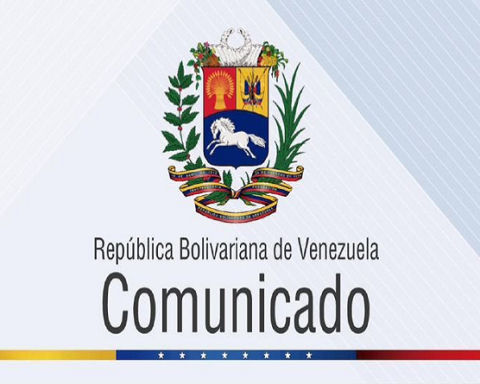“As of August 2024, oil revenues with respect to participatory federal collection represented 13%. In 2008, oil revenues represented 43% of participating federal revenue. “Oil revenues are no longer the main source of income for public finances,” said Arturo Carranza, director of Energy projects at Akza Advisors.
For 2025, in pre-economic criteria, the Treasury foresees a price of 58.4 dollars per barrel for the Mexican mix; specialists expect it to remain at this level when it presents the 2025 economic package no later than November 15 to the Congress of the Union. Nevertheless, For every dollar that the Mexican mix costs less, compared to the projected average price, the Treasury loses 12,000 million pesos. A cost similar to the budget for the Vaccination Program for all of 2025; 14,571 million, or just under half of what was projected for Youth Building the Future (25,136 million).
“What the Ministry of Finance has done in the last couple of years has been to significantly underestimate the price, so as to guarantee having a cushion,” something that does not necessarily translate into higher income. For this year, the fiscal deficit will be 6% of GDP, “if there had not been this cushion, it would have been even higher,” stressed Luis Miguel Labardini, specialist in energy issues and partner at the consulting firm Marcos y Asociados.
The expected price for the following year is 12.9 dollars less than the average price projected for the end of 2024; 71.4 dollars per barrel.
Good time to collect IEPS on gasoline
Although there may be losses in oil revenues, these can be partially compensated with the collection of the Special Tax on Production and Services (IEPS) that is charged on gasoline and diesel. Since a lower price of fuel gives the Treasury room to charge 100% of this fee, that is, not to grant subsidies, as has happened in most of this year.
From January to August, 268,878 million pesos of IEPS on gasoline and diesel were collected, an amount 82% greater than what was collected in the same period last year, according to figures from the SHCP.
An alternative to face a lower price per barrel of oil may come from the IEPS. “This year, about 400,000 million pesos of pure IEPS will come in,” anticipated Ramsés Pech, Energy and Economy industry analyst at Caraiva y Asociados-León & Pech Architects.
Furthermore, to compensate for lower oil revenues, Labardini considered that the federal government has to reduce spending, increase revenue and, “without affecting Pemex’s ownership of hydrocarbons, design contractual schemes that allow private investment in the development of oil fields.”

















